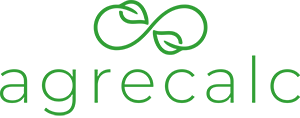What are carbon assessment validations and why are they important?
The best way to describe a carbon assessment validation is as a check-over of the carbon footprint report by an experienced agricultural consultant. There are several things a consultant will do during the validation process:
- check for missing data
- sense check on data
- cross-check on different sections of the report
- follow-through and follow-up with the client
- one final check to make sure the numbers make sense, and the customer has got the most accurate result.
This is especially important when the carbon assessment is being used for suppliers in the chain, or with the subsidy schemes – the farmer has the reassurance that the report has been looked over by somebody who knows the tool inside out. It is that final step in the journey to provide a drill-down that will result in the best possible outcome for a client.
The most common mistakes revolve around the livestock section (e.g., annual average livestock numbers, moving animals up and down the age categories), electricity and fuel usage (e.g., including domestic electricity use, or the use of coal and kerosene on some farms) and waste.
There are distinct benefits of having your carbon assessment validated:
- spotting red flags and eliminating mistakes and omissions
- minimising risk and building trust in the result
- ensuring the correct numbers through communication and collaboration
- building a robust benchmark database, which further serves as a useful tool
- providing a reliable report that has gone through quality assurance and can be used in grants applications and for the supply chain requirements.




